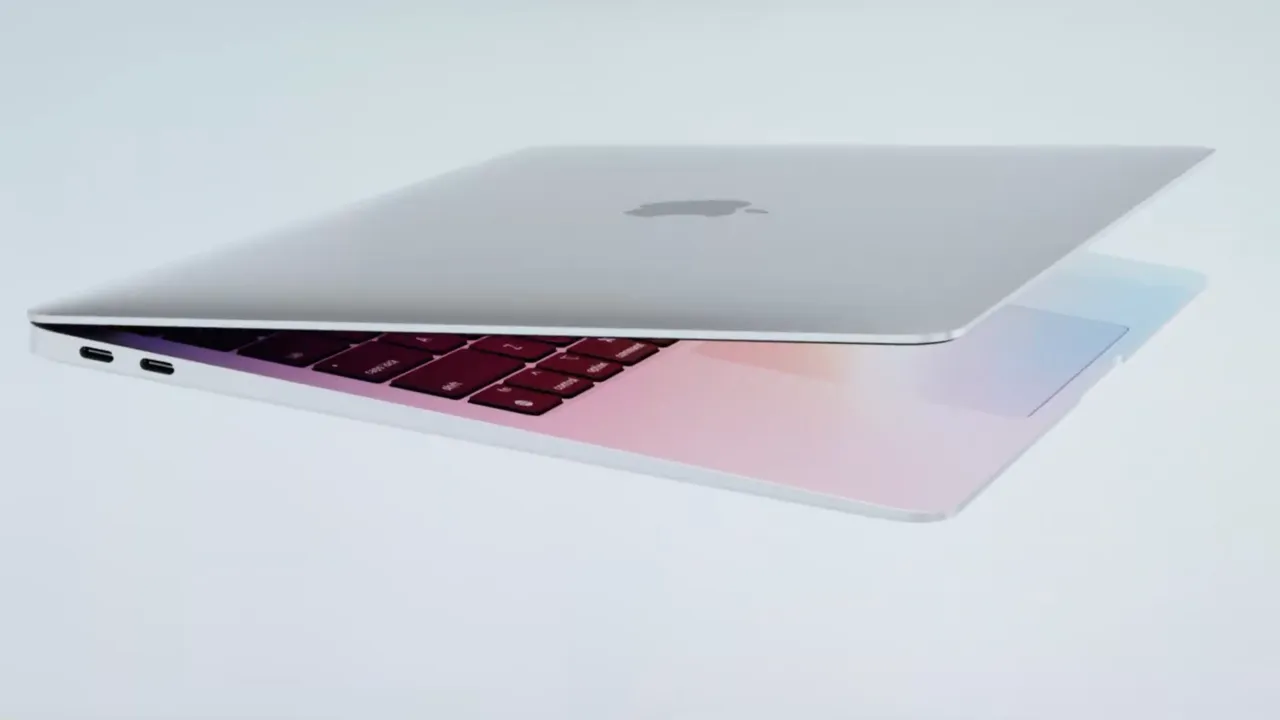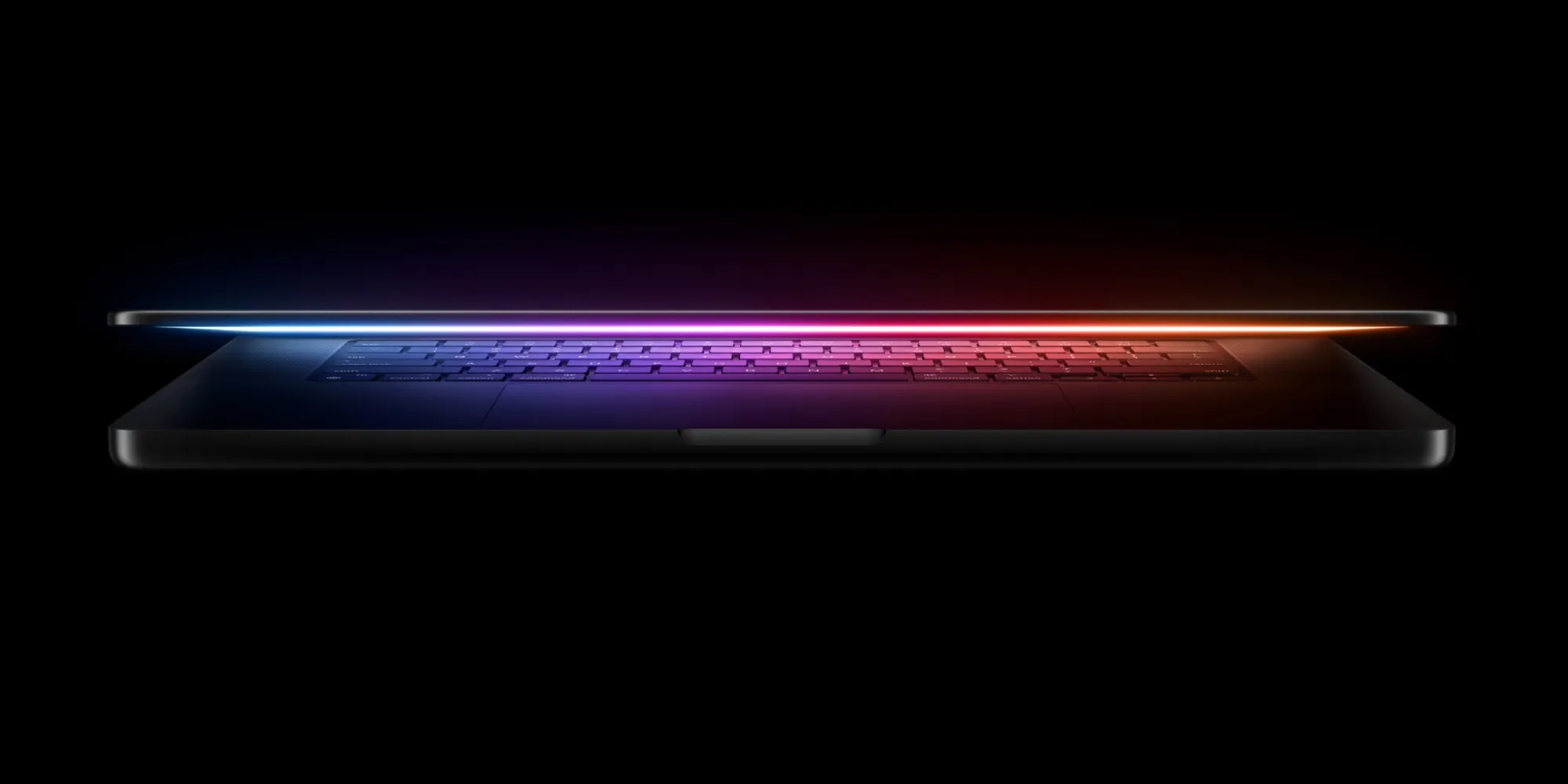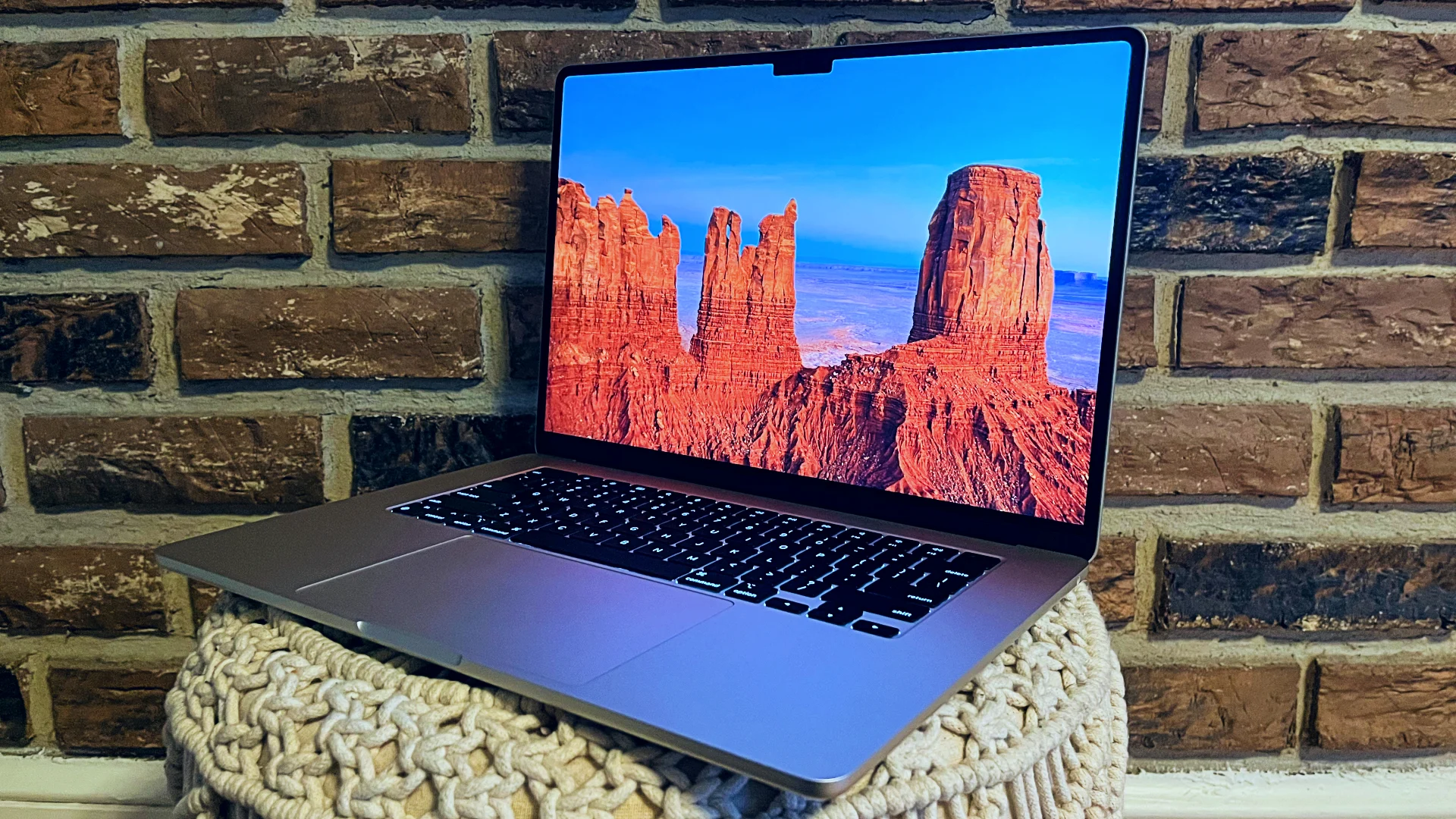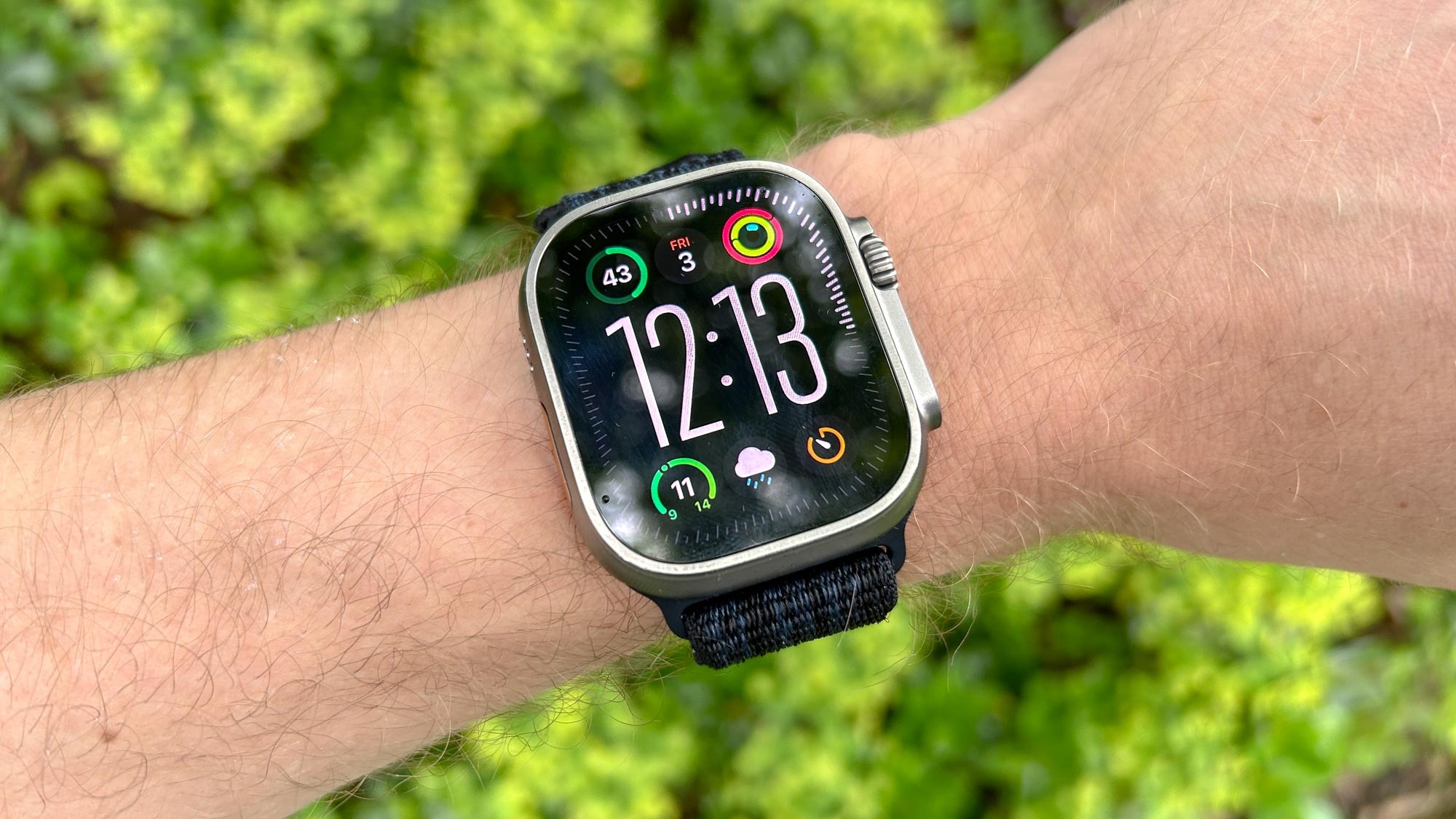Apple recently unveiled its latest MacBook Air, and it’s turning heads for the right reasons this time. Before the new sky blue M4 MacBook Air arrived, there was another color that grabbed attention—but not in a good way.
Back in July 2022, the M2 MacBook Air debuted with a dark, almost-black shade called midnight. Its sleek aluminum finish was the closest thing to a black laptop Apple had ever made. But it came with a big downside: the surface picked up fingerprints and skin oils like a magnet.
Even if you handled it with care, the midnight M2 MacBook Air quickly ended up covered in smudges. For many, it was a trade-off worth making for such a stylish, dark design. Fast forward nearly two years, and Apple tackled the issue. With the M3 MacBook Air, they announced a special “anodization seal” to cut down on fingerprints for the midnight color. It worked pretty well—for that model, at least.
The catch? The fix didn’t cover every MacBook Air. Apple kept selling the older midnight M2 version for $100 less than the M3. If smudges drove you crazy, that cheaper option was still a headache. Now, things have changed. This week, Apple stopped offering any midnight MacBook Air without the fingerprint-fighting seal.
Messy, smudge-covered laptops are mostly history. In their place, Apple rolled out the M4 MacBook Air. It comes with a cool new sky-blue shade, an improved midnight finish, and a starting price of $999. The new lineup replaces both the M2 and M3 models, giving fans a cleaner, fresher choice.





